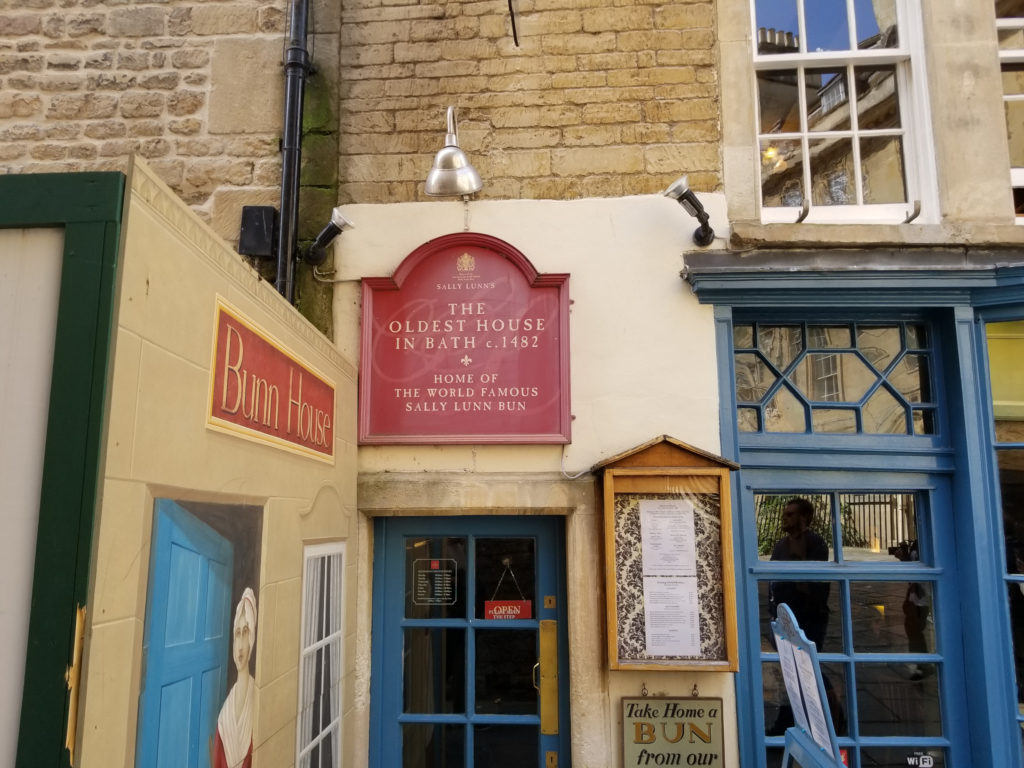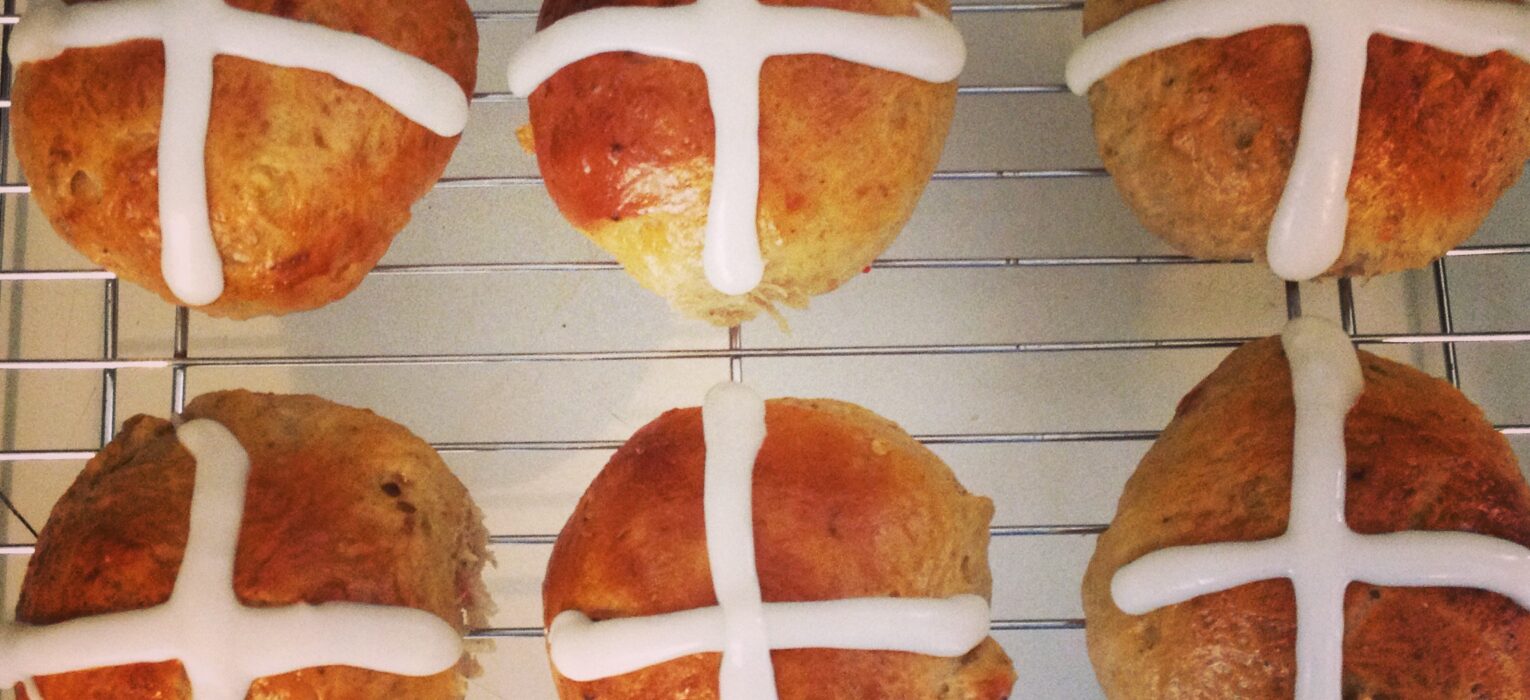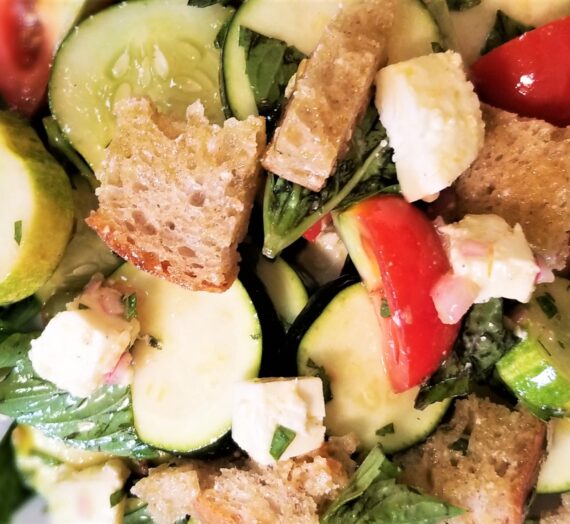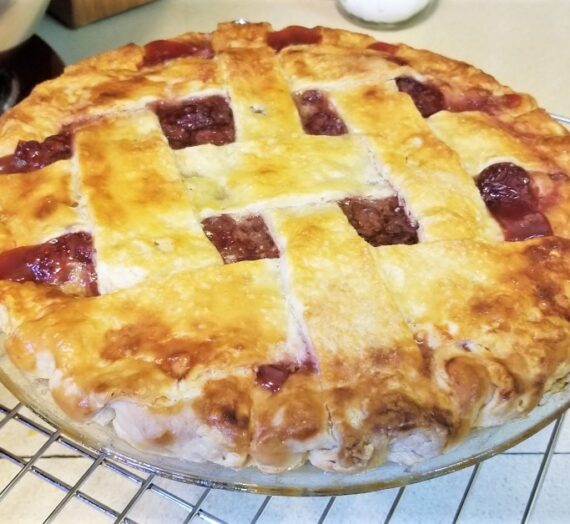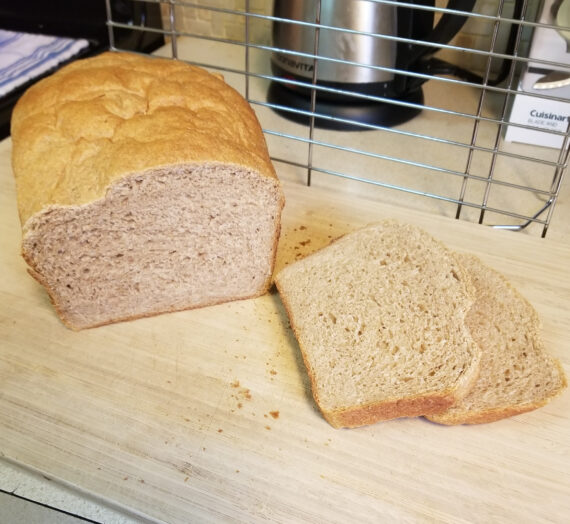Although I didn’t grow up eating hot cross buns, I’ve made them (nearly) yearly since discovering this seasonal Good Friday treat 5 years ago.
This year, making hot cross buns feels like I’m connecting with history in a newly poignant way. Baked, sold, and publicized in the UK since at least the 1600s (some sources say “medieval England”), hot cross buns were surely baked and consumed during past times of plague and pestilence.
As a 21st-century COVID-19 home cook, I’m following the revitalized “waste-not-want-not” trend: I saved lemon and clementine peels and candied them for use in this recipe, instead of buying a tub of candied citron.
The following recipe is a mash-up of the usual one we’ve made from the Joy of Baking website, combined with recipes from three other sources: Simply Recipes, The Joy of Cooking (ed. 2006), and the mayor of Bath, England’s (I kid you not!) Bath Bun recipe.
If you see anything that looks funny in my recipe, try these variants:
- Use 1 egg instead of 2.
- No peel? Sub orange zest for the candied citrus peel, then up the volume of raisins or currants.
- Melt the butter and add it with the cup of milk, instead of blending it into the dry ingredients first.
- Use normal granulated sugar instead of caster or superfine.
Ingredients:
- 450 g (3 1/4 to 3 1/2 cups) bread flour
- 3/4 tsp salt
- 4 T butter
- 1/4 cup caster (superfine) sugar (50g normal sugar)
- 1/2 c gold raisins, 1/2 c chopped candied peel
- 2 tsp spices: cinnamon, nutmeg, cardamom, allspice, cloves
- 2 1/4 tsp active dry or rapid rise yeast
- 8 oz (1 c) milk at 105-115 F
- 2 medium eggs, beaten and at room temperature
Directions:
- Proof the yeast in 2 T of the warmed milk and 1 tsp of the sugar in a small bowl. (5-10 min until foamy.)
- Meanwhile, whisk 400 g (c. 3 c) flour, salt, spices, and rest of sugar together in the bowl of a stand mixer. Cut the cold butter (cut into small cubes) into the dry ingredients, like making scones. Add raisins and candied peel.
- Add beaten eggs, then foamy yeast, then the rest of the milk.
- Knead with dough hook on low speed for 7 minutes (10 minutes if kneading by hand). Add 1 T flour at a time until slightly tacky but no longer sticking. The dough will never completely stop sticking to the bowl, but trust it and don’t overwhelm it with too much flour.
- Rise 2 hours in a greased and covered bowl, or until doubled. [OR, you can cover it and put it in the fridge overnight, then let it come to room temperature the next morning before shaping. That’s what I did to save on morning mess.]
- Form into 16 rolls, place these on 2 baking sheets, each roll 1.5 inches apart. Use parchment paper so they don’t stick.
- Second rise: 30-60 min on covered baking sheets, or until nearly doubled. [Active dry yeast will probably take more like 90 minutes to rise and double.]
- Brush risen rolls with egg wash (1 egg + 1 T water or milk).
- Bake at 400 for 10-15 min until golden brown.
- Remove, cool on pan a few min, then finish cooling on rack.
- Pipe cross with: 1.5 t hot milk, scant vanilla, 1/2 c powdered sugar.
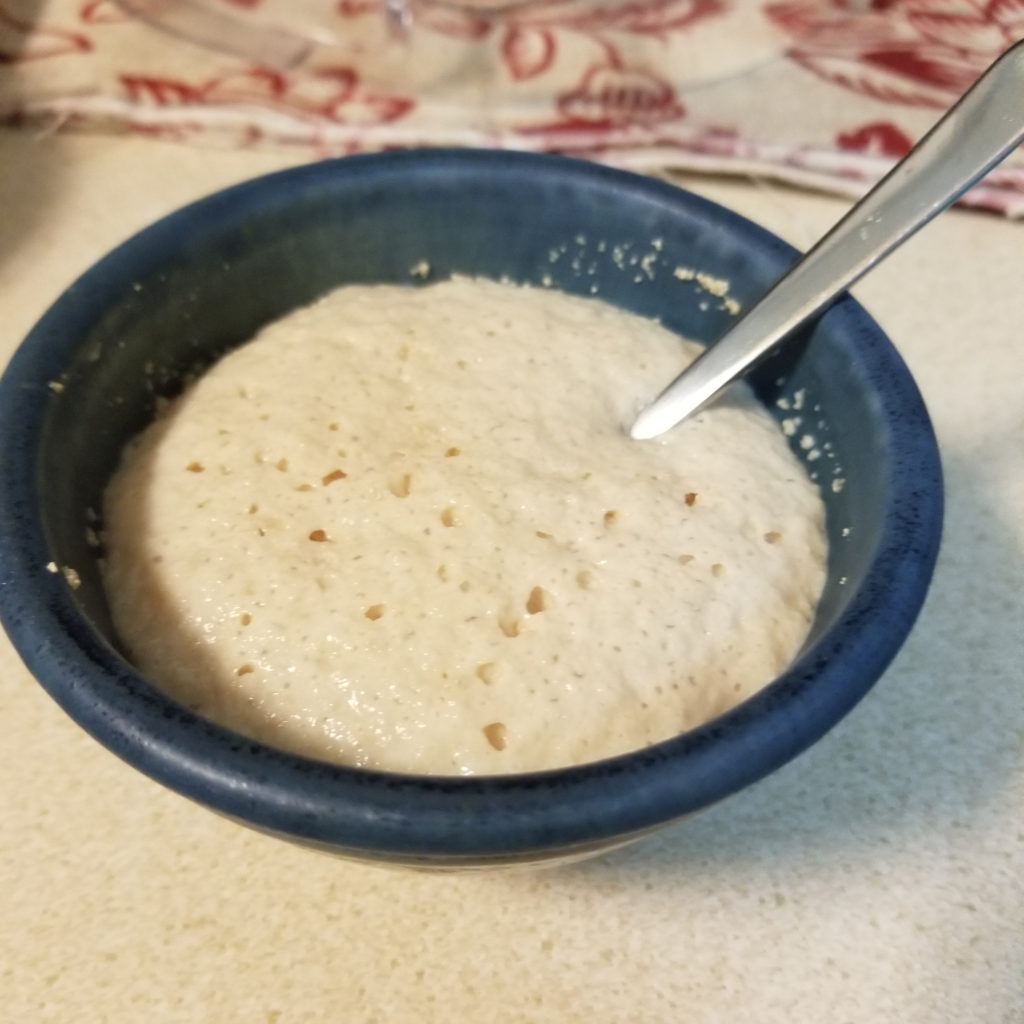
Foamy yeast, proofing success. 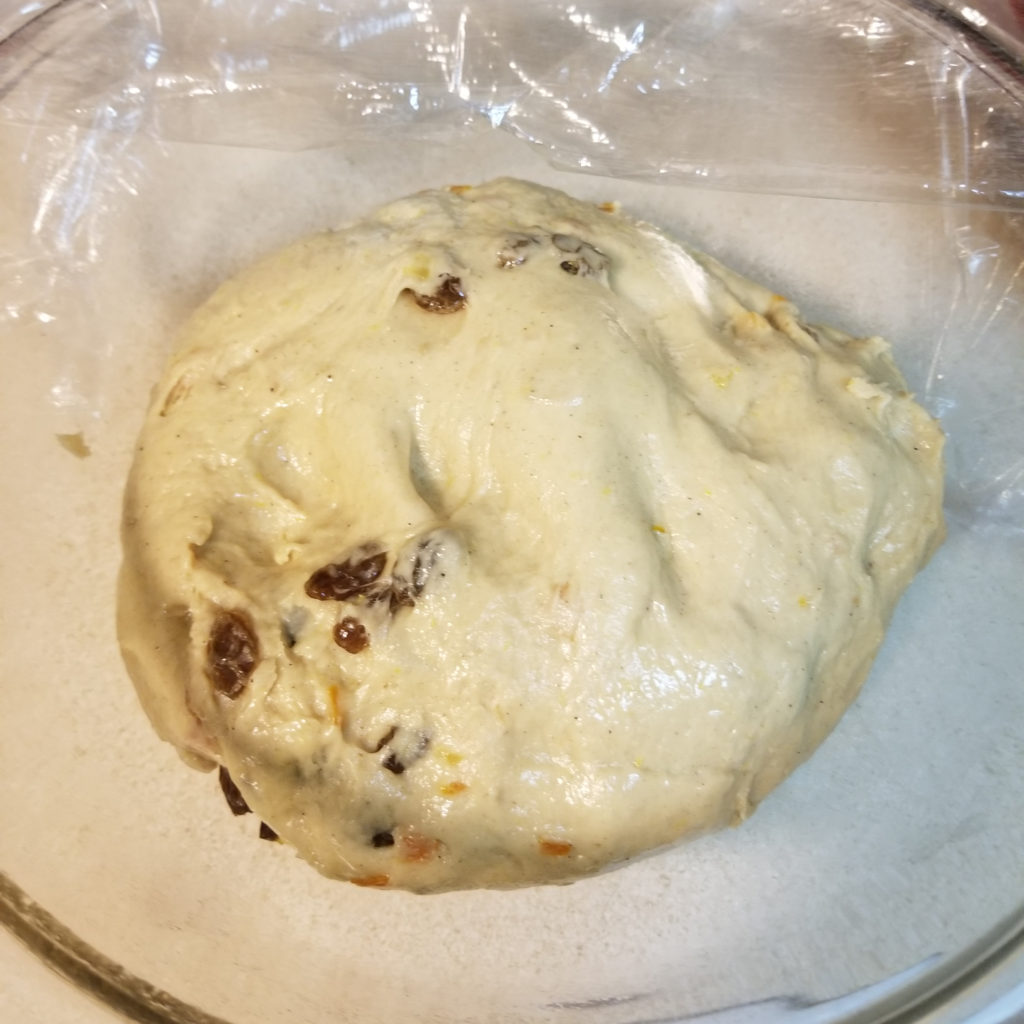
Dough ball ready for first rise. 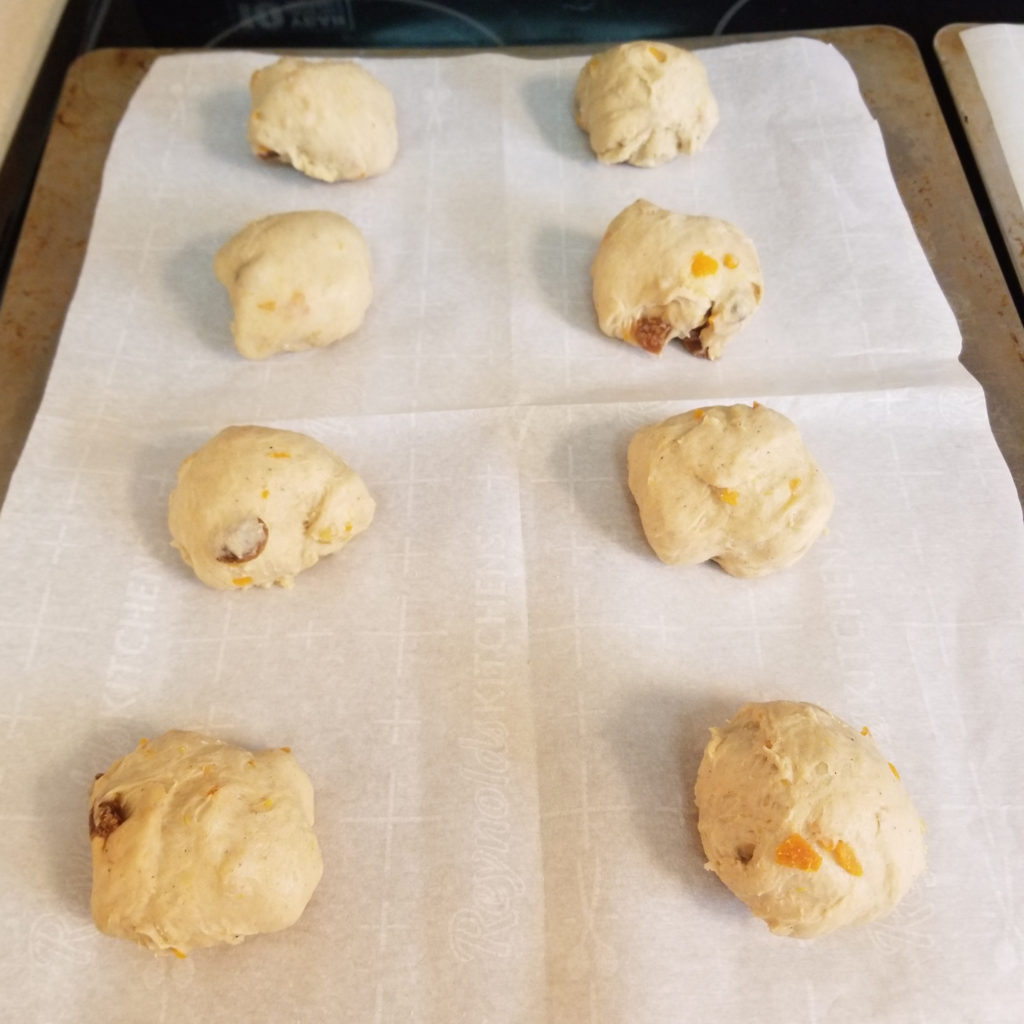
Buns on tray, ready for second rise. 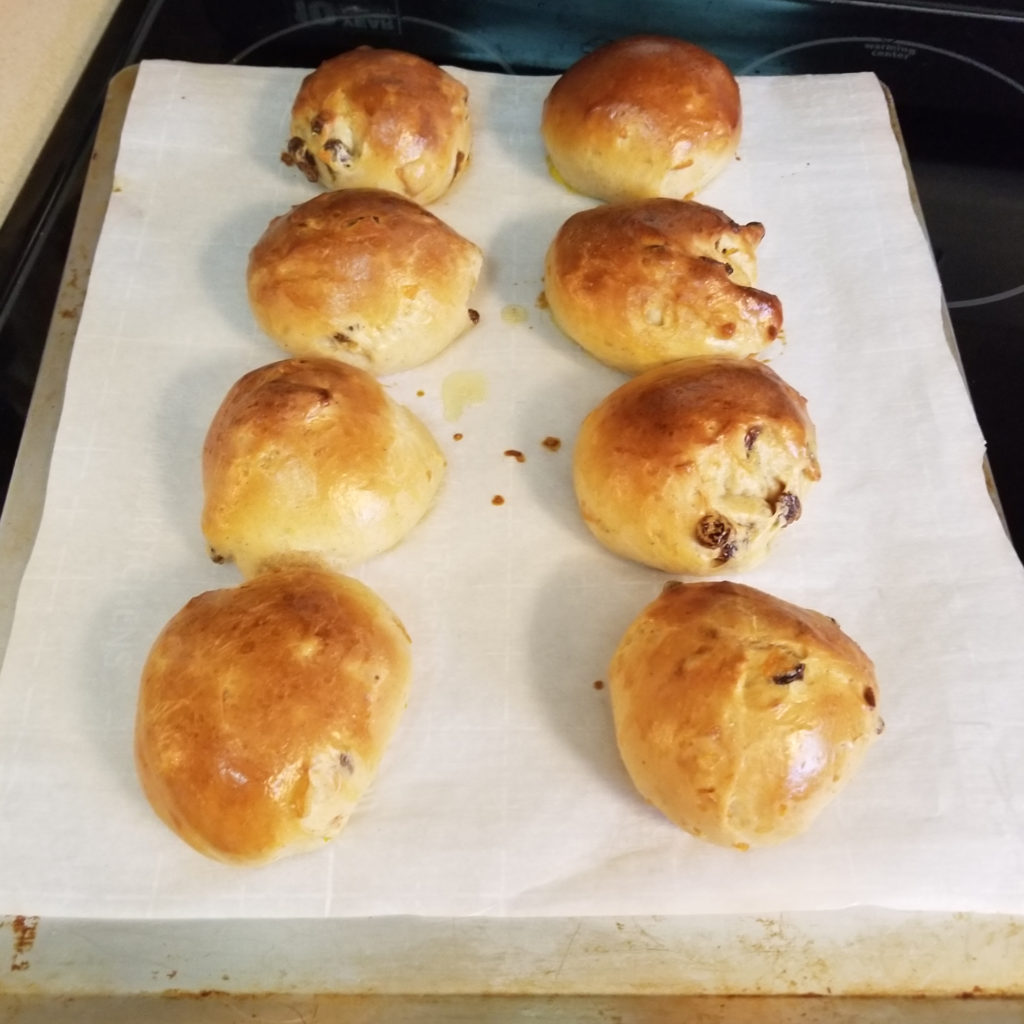
Golden brown freshly-baked buns. 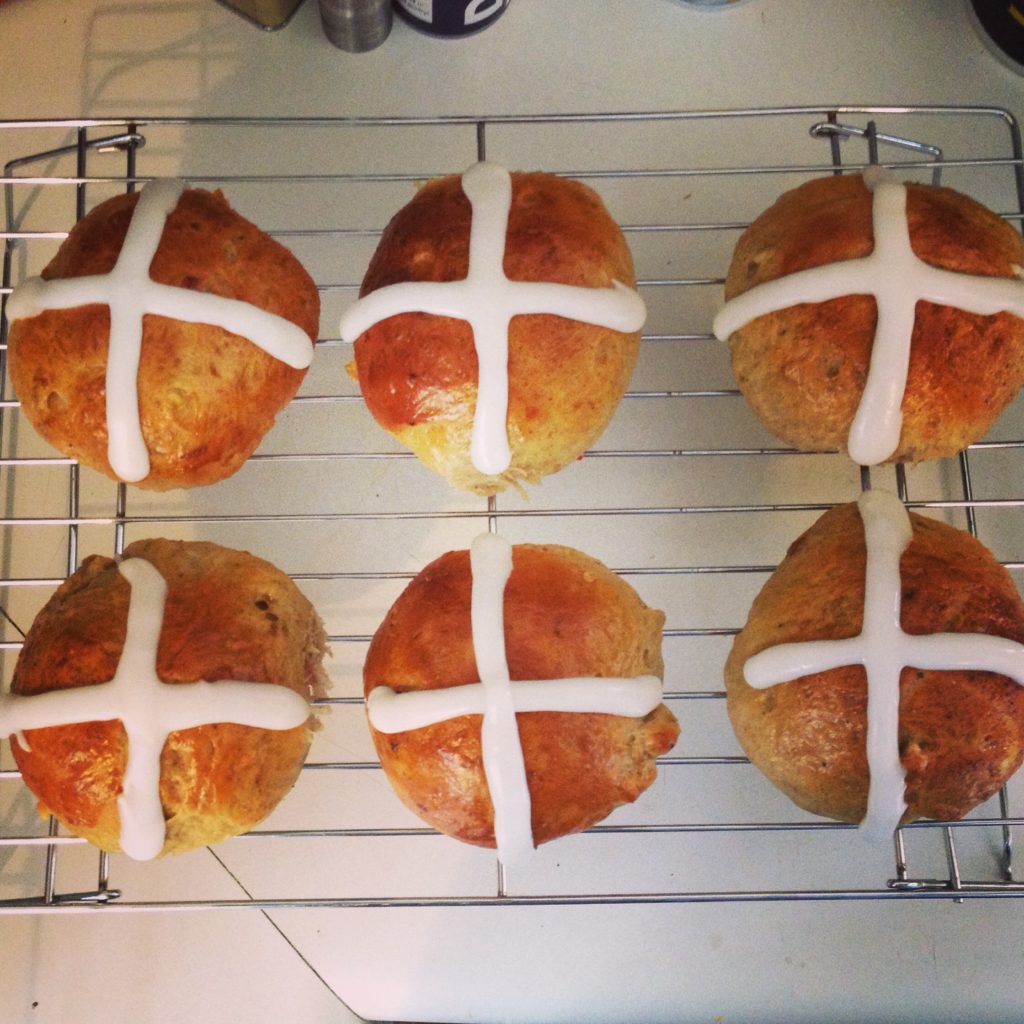
Frosted. 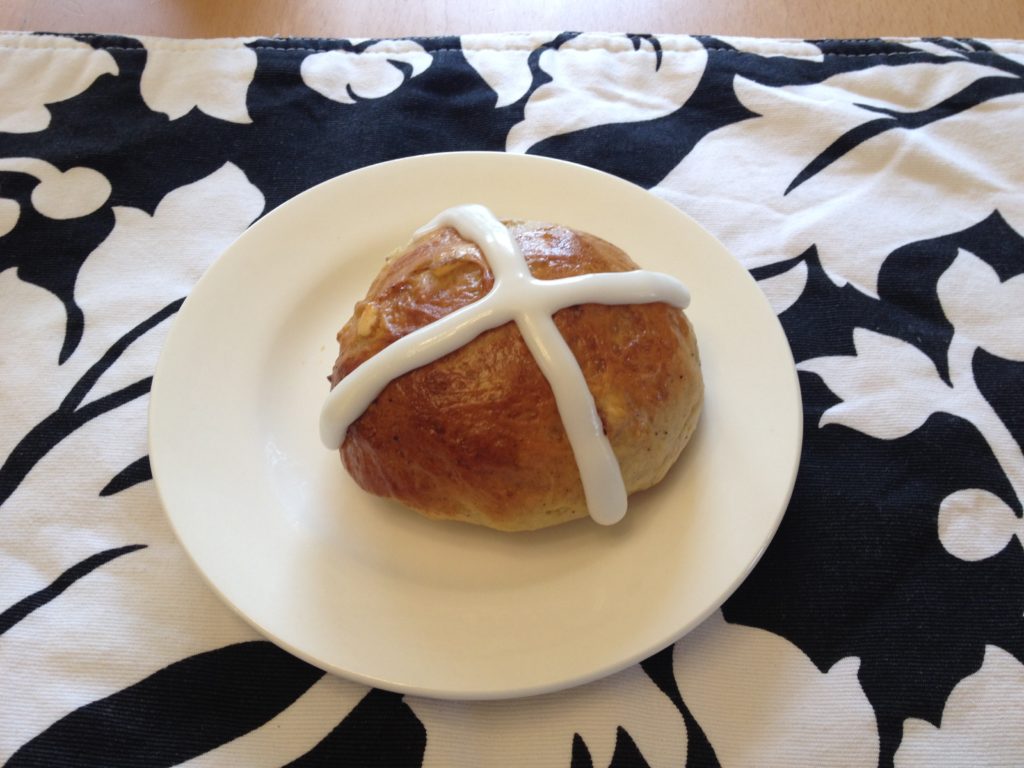
Ready to be enjoyed!
On a trip to the UK in 2018, I discovered the joys of generic British tea-time treats, including sweet buns. (With this general “bun” culture in mind, hot cross buns as an entity made a lot more sense!)
I also bought a lovely tea-time cookbook in Bath at the historic Sally Lunn house, where I encountered the delicious “Bath bun.” Some variants of the Bath bun are nearly identical to hot cross buns: a yeasted sweet dough with cardamom-y spices, candied citrus peel, and raisins. All that’s missing is the cross on top.
So, this year’s Chez Thorburn recipe mash-up is inspired by the Bath bun recipe, particularly in its use of bread flour, caster sugar, and blending the butter into the dried ingredients rather than melting it and adding it with the liquids. Pretty much everything else in the Bath bun recipe almost exactly matches American recipes for hot cross buns.
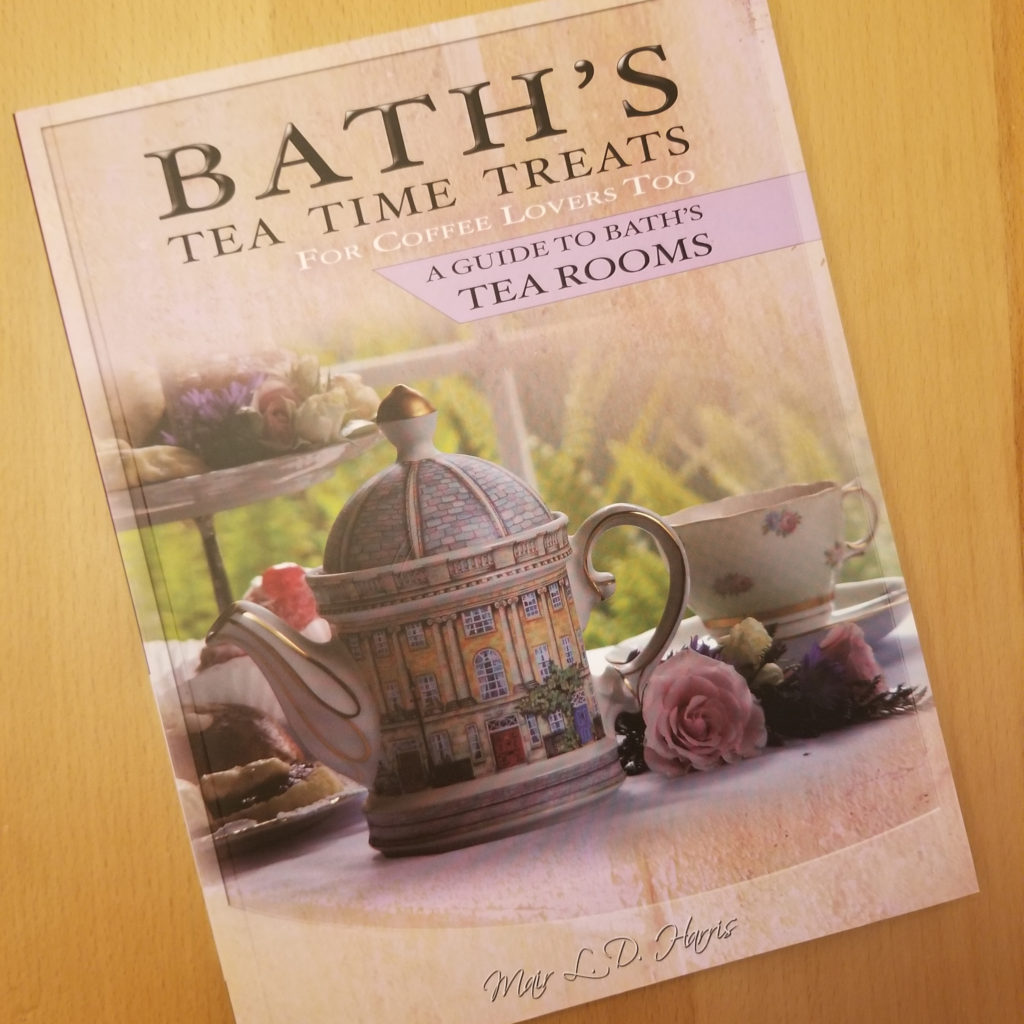
Glad we bought this book; the Bath bun recipe in it is not available online! 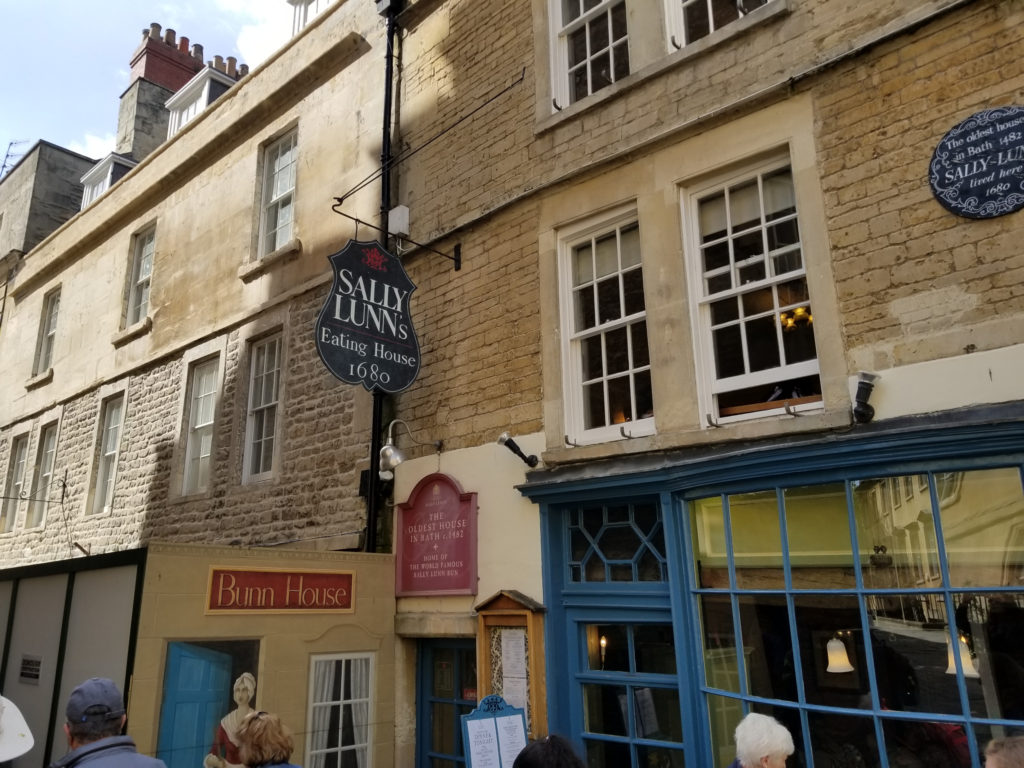
The Sally Lunn house in Bath, UK. 